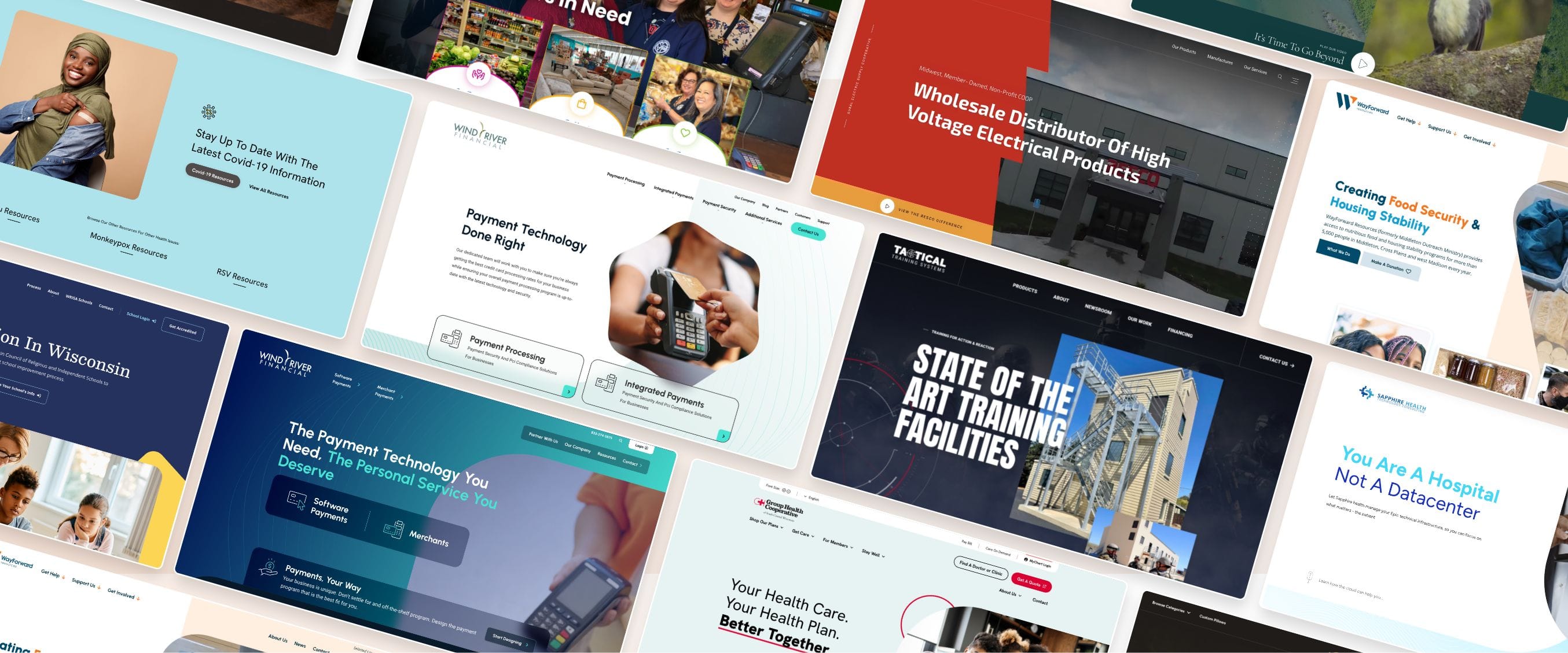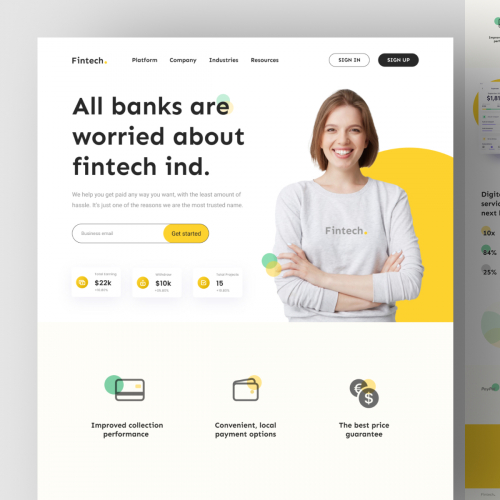Leading Tips for Creating an Impactful Site Style That Converts
In today's electronic landscape, the value of an impactful website design can not be overstated, especially when it concerns converting visitors into clients. To accomplish this, one need to take into consideration a selection of factors, including understanding the target market, focusing on customer experience, and optimizing for mobile systems. The critical usage of compelling call-to-actions and a well-defined visual hierarchy plays a crucial role in leading customers with their trip. As we check out these vital aspects, it ends up being obvious that the success of your web site pivots on more than just appearance; it needs a thoughtful strategy to layout and performance.

Understand Your Target Audience
Recognizing your target market is fundamental to reliable site design, as it prepares for creating an interesting individual experience. Identifying that your users are, including their demographics, choices, and habits, makes it possible for designers to customize the site's web content, design, and capability to satisfy details requirements.
Conducting comprehensive marketing research is important in this process. Studies, meetings, and analytics can supply important understandings into customer expectations and discomfort points. By compiling this information, designers can develop customer personalities that stand for different sections of the target market, making certain that style decisions are notified and pertinent.
Additionally, understanding the target market helps in choosing suitable style elements such as color pattern, typography, and images that resonate with users. A site that talks directly to its audience promotes a feeling of link and trust, urging longer sees and greater conversion prices.
Eventually, a user-centered technique to web site style not just improves user fulfillment but likewise supports service goals by driving involvement and commitment. By focusing on the demands and choices of the target market, an internet site can effectively serve its purpose and achieve desired outcomes.
Prioritize Customer Experience
To boost the total performance of an internet site, focusing on customer experience (UX) is crucial (Website Design). A properly designed UX makes certain that site visitors can browse the site effortlessly, find information promptly, and involve with material meaningfully. This leads to increased user complete satisfaction and higher conversion rates
Begin by implementing user-friendly navigation. Menus must be realistically structured, allowing customers to find essential areas of the website with very little effort. Consistency in layout aspects, such as color pattern and typefaces, fosters familiarity, which is crucial for keeping individual engagement.
In addition, think about the loading rate of your web site. A delay of simply a few secs can cause significant drop-offs, as users are much less likely to wait for a slow-loading web page. Improving images and enhancing code can enhance efficiency and keep site visitors.
In addition, clarity in content discussion is important. Usage concise, appealing language and separate text with visuals to enhance readability. By focusing on user experience, you not just create a much more delightful environment for visitors yet also enhance your brand name's trustworthiness. Ultimately, a concentrate on UX is a financial investment in the long-term success of your web site.
Enhance for Mobile Tools
Optimizing for mobile tools is critical in today's digital landscape, where an increasing variety of customers gain access to web sites through smart devices and tablet computers. A mobile-friendly style not only boosts individual experience however additionally plays a significant function in improving internet search engine positions. To accomplish this, it is vital to take on a receptive layout that instantly gets used to numerous display dimensions and alignments.

Loading rate is another important factor; mobile individuals are normally less person and expect fast accessibility to information. By prioritizing mobile optimization, you make certain that your website remains affordable and effectively engages a wider audience.
Use Compelling Call-to-Actions
A web site's effectiveness commonly rests on its capability to assist visitors toward preferred actions, making compelling call-to-actions (CTAs) essential elements of layout. CTAs function as the essential factors that guide users to involve with the website, whether that implies buying, signing up for a newsletter, or downloading a resource.
To produce reliable CTAs, clearness is paramount. Usage concise language that plainly communicates the activity you want the user Check Out Your URL to take.
Moreover, the layout of CTAs must stick out without being meddlesome. Utilize contrasting shades and clear fonts to guarantee they catch click for more info attention. In addition, take into consideration utilizing directional cues, such as arrowheads or images, to direct individuals towards these switches. By concentrating on these components, businesses can dramatically improve customer interaction, driving conversions and inevitably accomplishing their site's objectives.
Emphasis on Visual Power Structure
Efficient web site style relies greatly on a well-structured visual pecking order that overviews individuals via content effortlessly. By arranging elements in a fashion that focuses on info, developers can boost customer experience and facilitate decision-making. This entails utilizing size, color, comparison, and spacing strategically to accentuate the most crucial elements of a web page.
Making use of bigger font styles for headings and subheadings establishes a clear distinction in between various areas, permitting customers to scan material easily. Furthermore, utilizing contrasting colors for buttons and calls-to-action can record individual focus and urge communication. Whitespace is another vital element; it avoids mess and makes it possible for users to concentrate on vital messages without disturbances.
Images and graphics ought to complement the message while also sticking to the established hierarchy, enhancing the general message (Website Design). Uniformity in layout elements, such as color design and typography, further enhances the aesthetic power structure, making navigation intuitive

Conclusion
In verdict, effective site layout demands a comprehensive understanding of the target audience, prioritization of individual experience, and mobile optimization. Ultimately, a well-executed website design serves as a critical element in driving individual activities and achieving service objectives.